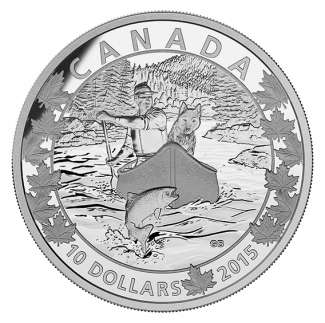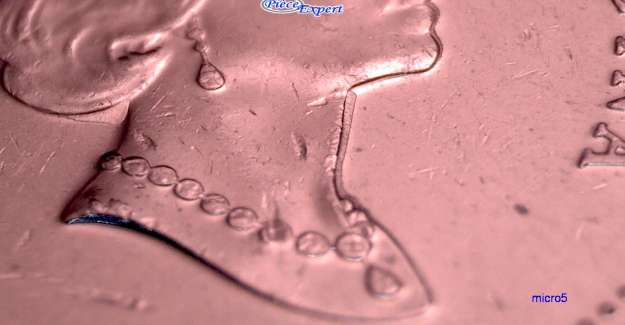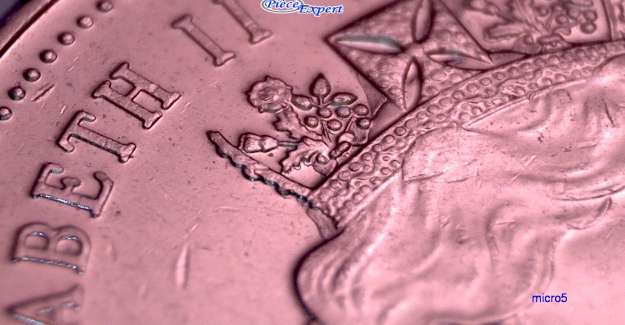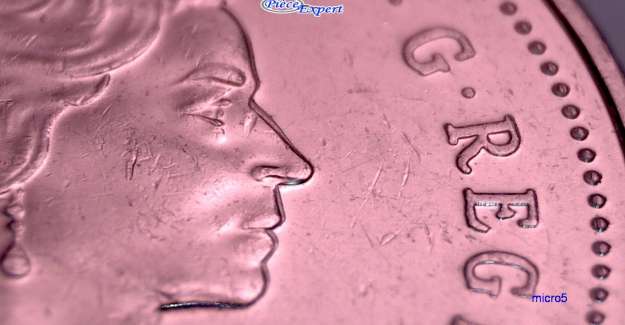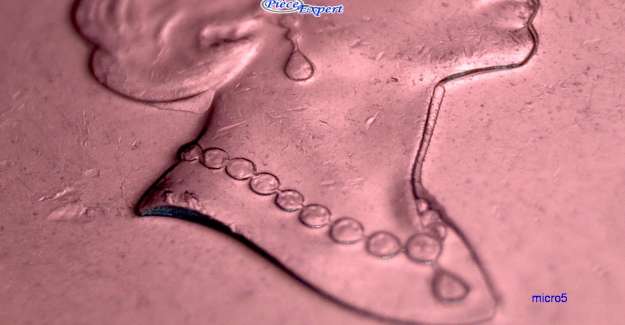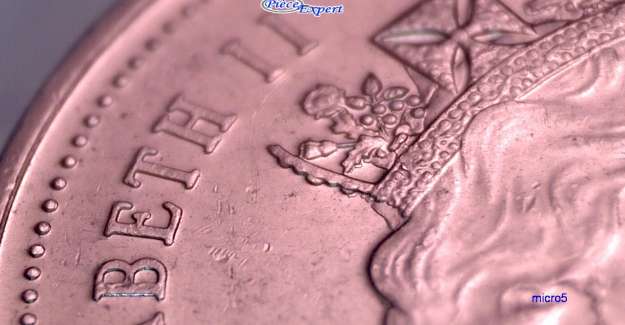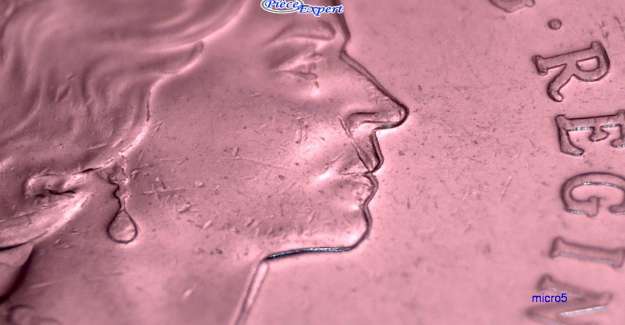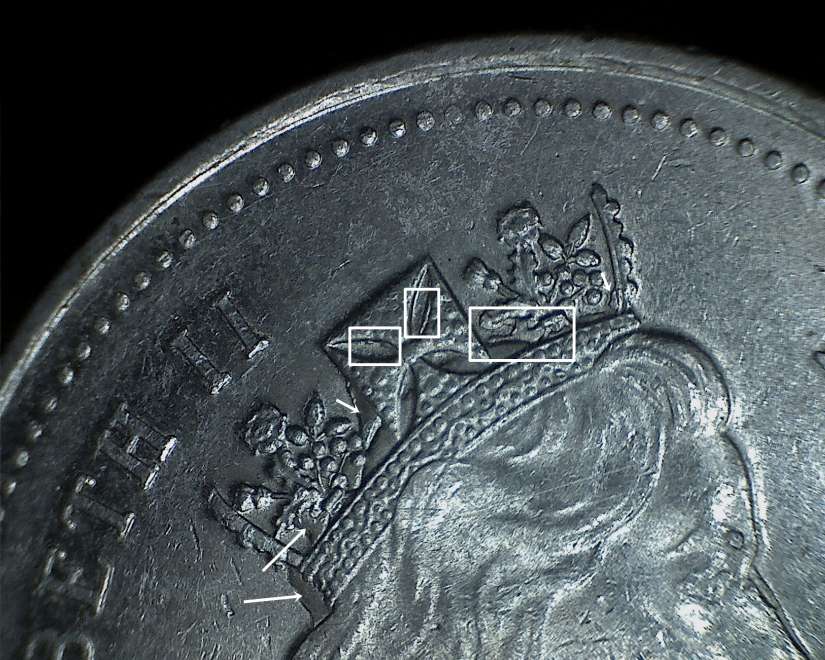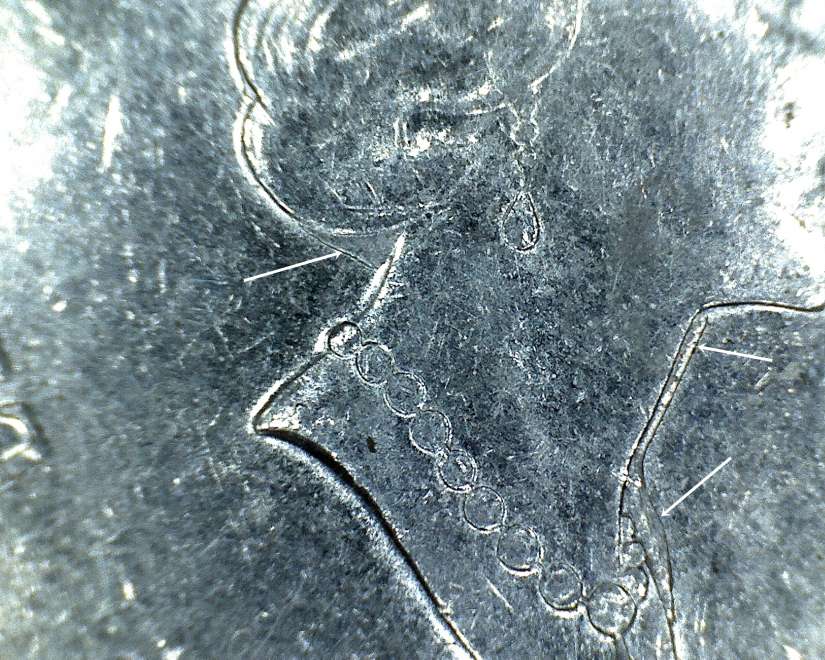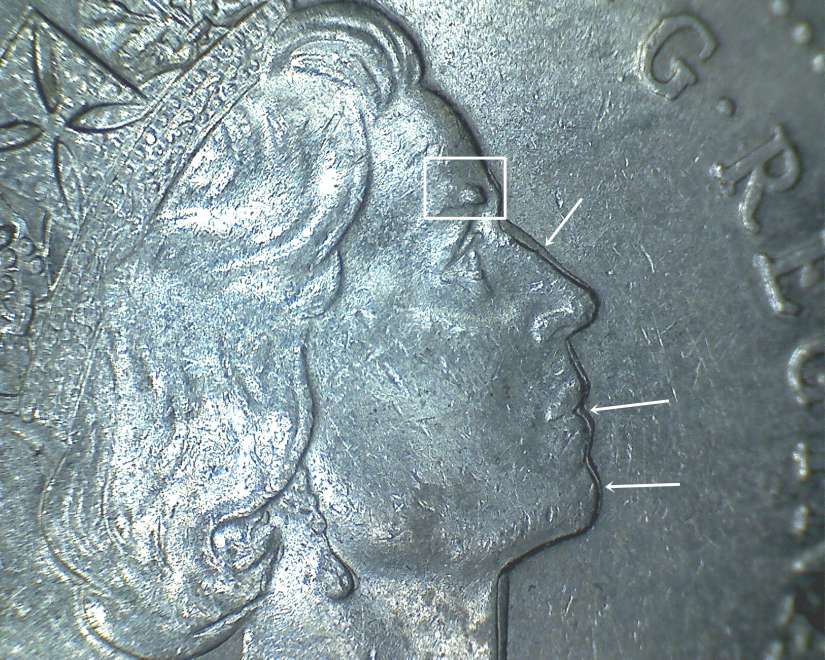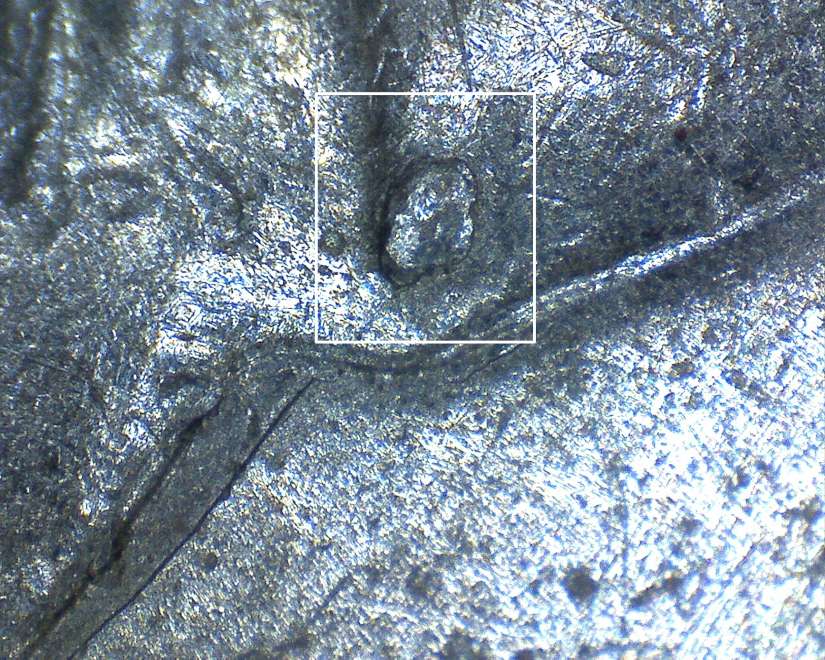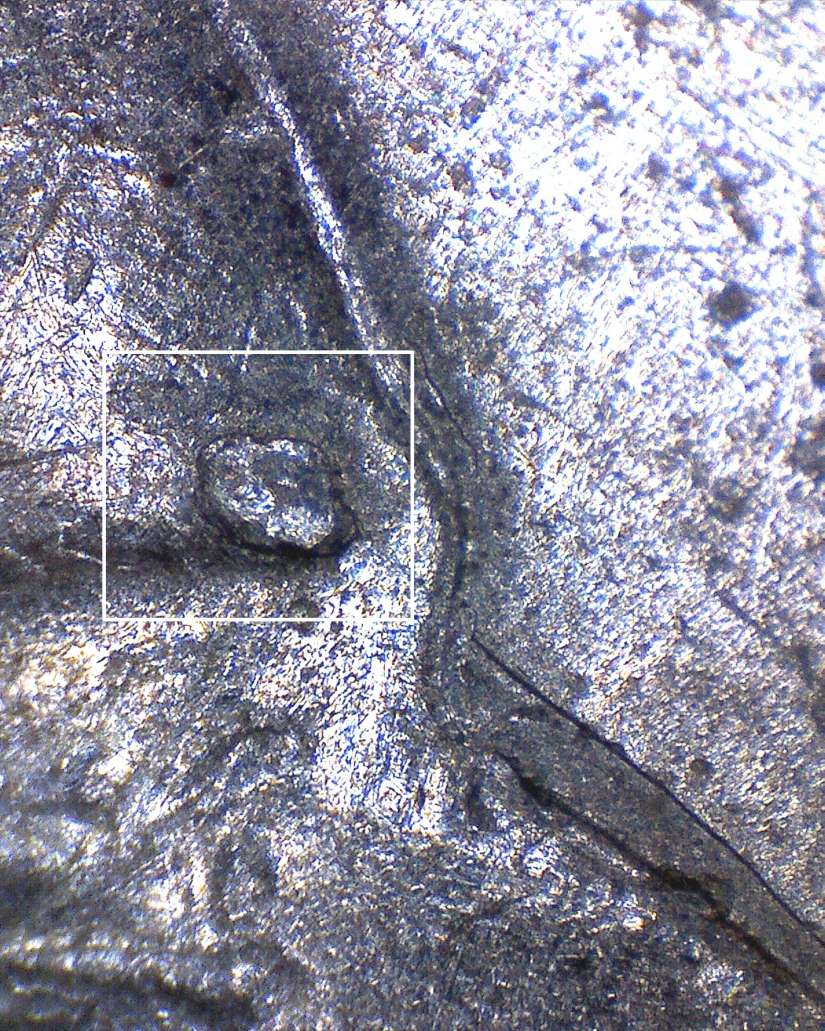Bonjour za75
Je met plusieurs liens qui parle de : "filled die", "filling", qui colle en surface du champ ou dans les cavités du coin.
Je ne sais pas si c'est la traduction du terme "Dépot de métal" par "felling" qui peut porter a confusion
 http://home.psknet.com/tbirde1/Varieties/Varieties.html
http://home.psknet.com/tbirde1/Varieties/Varieties.htmlFilled die - A coin struck by a die that which had foreign matter, such as dirt, grease, oil, metal fragments or a combination, filling some part of the design, or sticking to the face of the die, preventing the coin metal from flowing into and filling the design or making contact with the die in these areas; shows as weak or missing design details and/or a rough irregular surface in the effected areas. (See "struck thru" for individual types)
http://www.conecaonline.org/content/glossary.htmlStruck through grease filled die
This coin exhibits weak or missing design elements due to the die being clogged with a combination of grease, dirt, and iron filings. There is a rough surface where the design element is missing. Since it is relatively easy to fake this error, only uncirculated coins are considered collectible. This is the most common of all struck through errors. 2002-P 50c Struck Thru Grease (Coin courtesy of Walter Flack/Photo by Ken Potter), 2001 KY 25c Struck Thru (Coin courtesy of Harriet Herrin/Photo by Ken Potter)
http://www.coinworld.com/newcollector/e ... riking.aspFilled dies: The Mint factory has its share of dirt, grease and other lubricants, and metal filings. The recessed areas of the dies sometimes fill up with a combination of this foreign material, preventing the metal of the coins from flowing into the incused areas. This results in weak designs or missing design details. The filled-die coin is one of the two most common types of errors. Filled-die coins are a form of struck-through error (see later explanation).
Il y a Terry A. Campbell (page 44)
Voici ceux-ci parmi d'autres pour nous aider a mieux comprendre ce terme.
Je suis a la même place que toi que ceci devrait etre en creux sur la pièce, lorsque en surface.

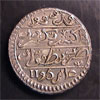
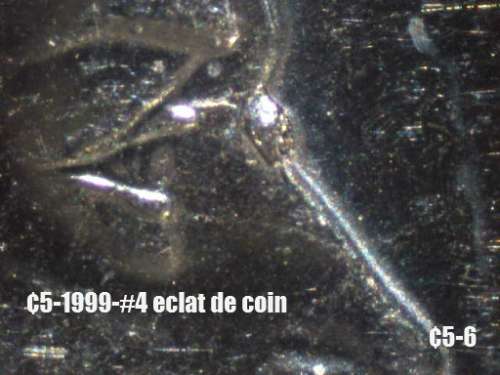


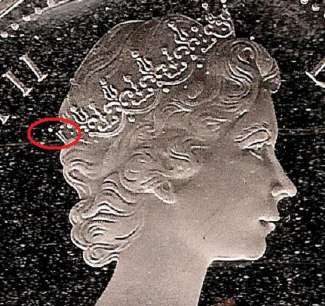
 et mes
et mes  j'arrive aux mêmes conclusions qe toi Za, soit #8 et non pas #11.
j'arrive aux mêmes conclusions qe toi Za, soit #8 et non pas #11.